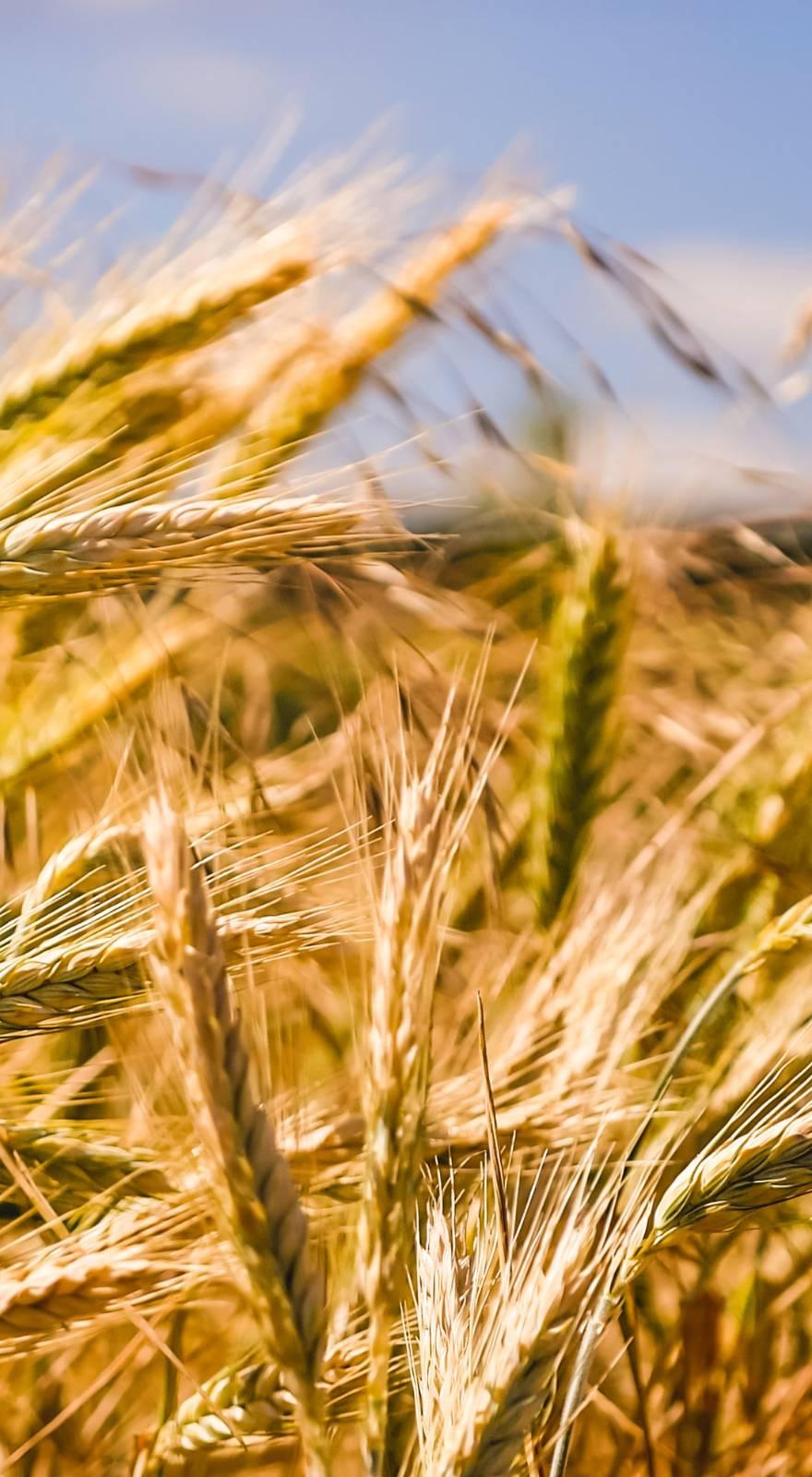Knowde Enhanced TDS
Identification & Functionality
- Chemical Family
- Polymer Name
- Technologies
- Product Families
Features & Benefits
- Materials Features
- Product Highlights
- Flexible components - Very soft and pliable parts such as snap-on lids and six pack rings.
- Packaging for computer hardware, such as hard disk drives, screen cards, and optical disk drives
- Children’s Activity Areas including Playground slides
- Plastic wraps
- The versatility of LDPE makes it ideal for greenhouses and gardening tunnels, silage containers, electrical cable insulation and semiconductive layers Coax and HFFR (halogen-free flame retardant) cables. Low Density Polyethylene membranes are extensively used for prevention of liquid contamination. They act as perfect liners to prevent contaminations from entering groundwater sources, as well as prevent seepage loss.
- The life span of roads depends on various factors like the soil being prevented from sub-grade movement. This is achieved by using LDPE sheet and LDPE plastic sheet placed in such a way that the aggregate is permanently separated from finer soils below. This prevents the sub-grade to enter into the aggregate and at the same time, improves the underground drainage of roadways and pedestrian walkways.
Applications & Uses
- Markets
- Applications
- Plastics & Elastomers End Uses
- Plastics & Elastomers Processing Methods
- Uses
- Trays and general purpose containers
- Corrosion-resistant work surfaces
- Weldable and machinable parts
- Applications
- Agricultural purposes
- Lining of canals, reservoirs and ponds
- Lining of industrial effluent plants
- Tunnels and trenches and roads Packaging, water-proofing for terraced gardens
- Emergency shelter houses during natural disasters and conflict Fumigation covers and cover tops, Tarpaulins and cap covers
- Aprons & runways in airports
Properties
- Typical Properties
| Value | Units | Test Method / Conditions | |
| Tensile Strength | 0.20 - 0.40 | N/mm² | — |
| Notched Impact Strength | no break | — | — |
| Thermal Coefficient of Expansion | 100 - 220 x 10ˉ⁶ | — | — |
| Max. Continued Use Temperature | 65.0 | ˚C | — |
| Melting Point | 110.0 | ˚C | — |
| Glass Transition Temperature | -125.0 | ˚C | — |
| Density | 0.910 - 0.940 | g/cm³ | — |

